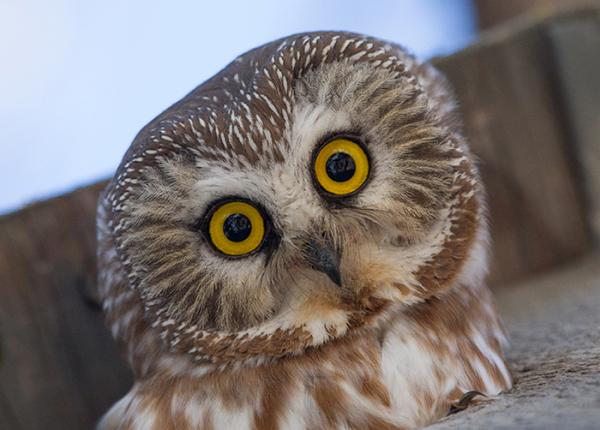From Roger Garber
Owls are fascinating creatures that can fly silently through some of the quietest places. Their wings make no noise while flying, enabling them to accurately locate their prey using their exceptional hearing ability while remaining undetected. This unique ability depends on many factors and has long been a hot research subject.
Studies have found associations between the ability to fly silently and the presence of micro-fringes in owl wings. These trailing-edge (TE) fringes play a crucial role in suppressing the noise produced by wing flap- induced air movement.
Studying these fringes can lead to the development of promising methods to reduce noise caused by fluid machinery. While many studies have evaluated these fringes using flat plates and airfoils, their exact mechanisms and effects on the interactions of feathers and the different wing features in real owl wings remained unknown.
The funky look of the feathers here is because not all the keratin sheathing has flaked off the developing feathers yet, so parts are still basically “shrink wrapped” with the individual feather barbs still growing inside.
👋 waves back
“Helloooo down there!”
May I be excused to go to the bathroom?
Ay! I’m fledgin’ here!
All the other cool owls are wearing their feathers this way!
deleted by creator



